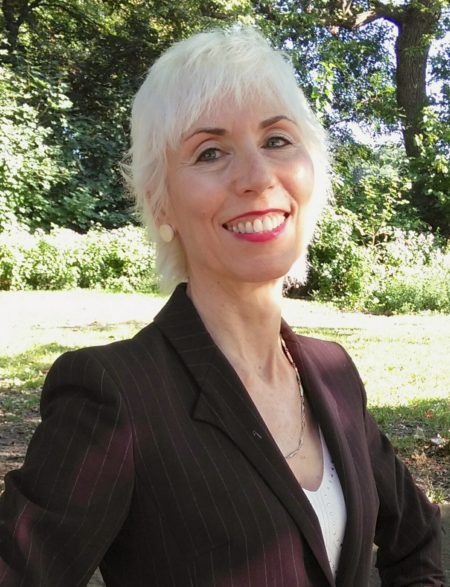
There are plenty of different resources available for sales management and sales performance, but few that offer transparency, accountability, recognition for meeting goals, motivation for your team, and development opportunities quite like Ambition. Today we’re joined by Jeremy Boudinet, the Director of Marketing at Ambition and a key player in the AAISP. Jeremy describes how … Read more
Episode 47: Creating a Better, Effective, & Stronger Content Strategy and Sales Process – Matt Heinz
We’ve all been there — you finally get your prospect on the phone, ready to have that conversation you’ve been chasing, and you just can’t manage to get the right message across. Or you’re trying to follow up with a promising lead, but the marketing content on your website just isn’t enough. How do you … Read more
Episode 46: Best Tips for 2017 Revenue Planning – Daniel Barber
What would you say if someone told you your business could reach $100 million in revenue in just seven years? On this episode we’re joined by Daniel Barber, the VP of Sales at Datanyze. Daniel is an expert on analyzing the data of a business to determine where revenue goals should be set and how … Read more
Episode 45: Creating your Ideal Sales Process via Cold Calling – Wendy Weiss
This week we’re chatting with The Queen of Cold Calling™ herself, Wendy Weiss. Many of us struggle with using the telephone in a sales world that feels like it’s moved online – it’s hard to get a prospect to pick up the phone, and we’re so out of practice that we fumble with what to … Read more
Episode 44: Common Environments that Breed Sales Issues – Lori Richardson
This week we’re chatting with the CEO of Score More Sales and the president of Women’s Sales Pros, Lori Richardson. As an expert in helping people become better leaders, build better sales teams, and ultimately increase company sales, Lori is here to explain the most common environments that breed sales issues and what you as … Read more
Episode 43: Marketing and Sales for Small Businesses – Melinda Emerson
This week we’re chatting with Melinda Emerson, a consultant, author, and speaker otherwise known as “SmallBizLady”. Melinda is America’s #1 Small Business Expert and was selected by Forbes as the #1 Most Influential Woman for Entrepreneurs. Melinda is full of anecdotes, tips, and tricks from her 17-year career working with small businesses, and she’s here … Read more
